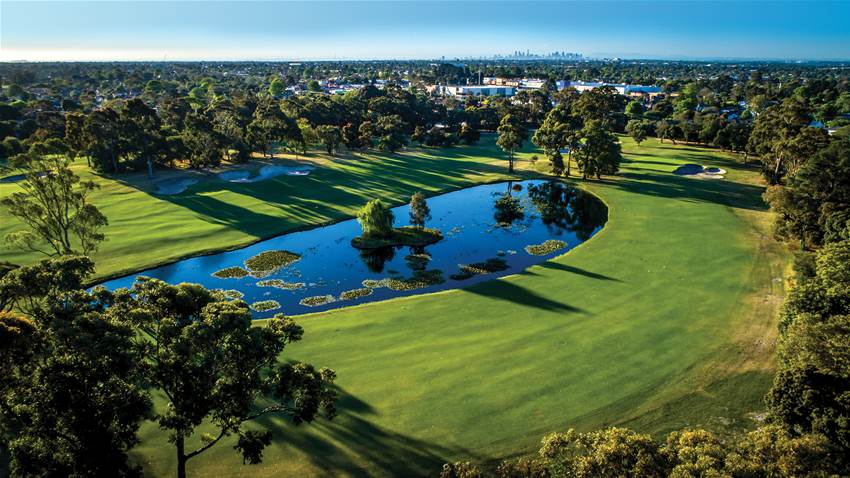The 13th edition of the biennial matches between the Internationals and the United States returns to Royal Melbourne in December. If you’re planning to be there, make sure to take your gear and sample 14 of the best layouts in the sandbelt.
COMMONWEALTH GC
Commonwealth has rarely been better as its centenary year in 2020 draws closer.
The current design can be attributed to a complete re-modelling in 1938 by Sloan Morpeth; a former New Zealand amateur champion and the secretary manager of the club for 33 years.
Morpeth changed all 18 greens, while a completely new system of greenside bunkering was implemented. Most of the fairway bunkers were altered and new teeing grounds built. It was a design that laid the foundations for Commonwealth to stand alongside the best courses in the Sandbelt, which it has done for more than 80 years.
The bunkering, particularly greenside, is brilliant. The bunkering combines well with the beautifully contoured green surrounds and tilted putting surfaces, which have been designed to dictate approach shots must be struck from the correct side of the fairway.
Green fee: $250.
How to play: Commonwealth is a private golf club where play is primarily restricted to members. Green fee play, however, is available for interstate guests.
Website: www.commonwealthgolf.com.au
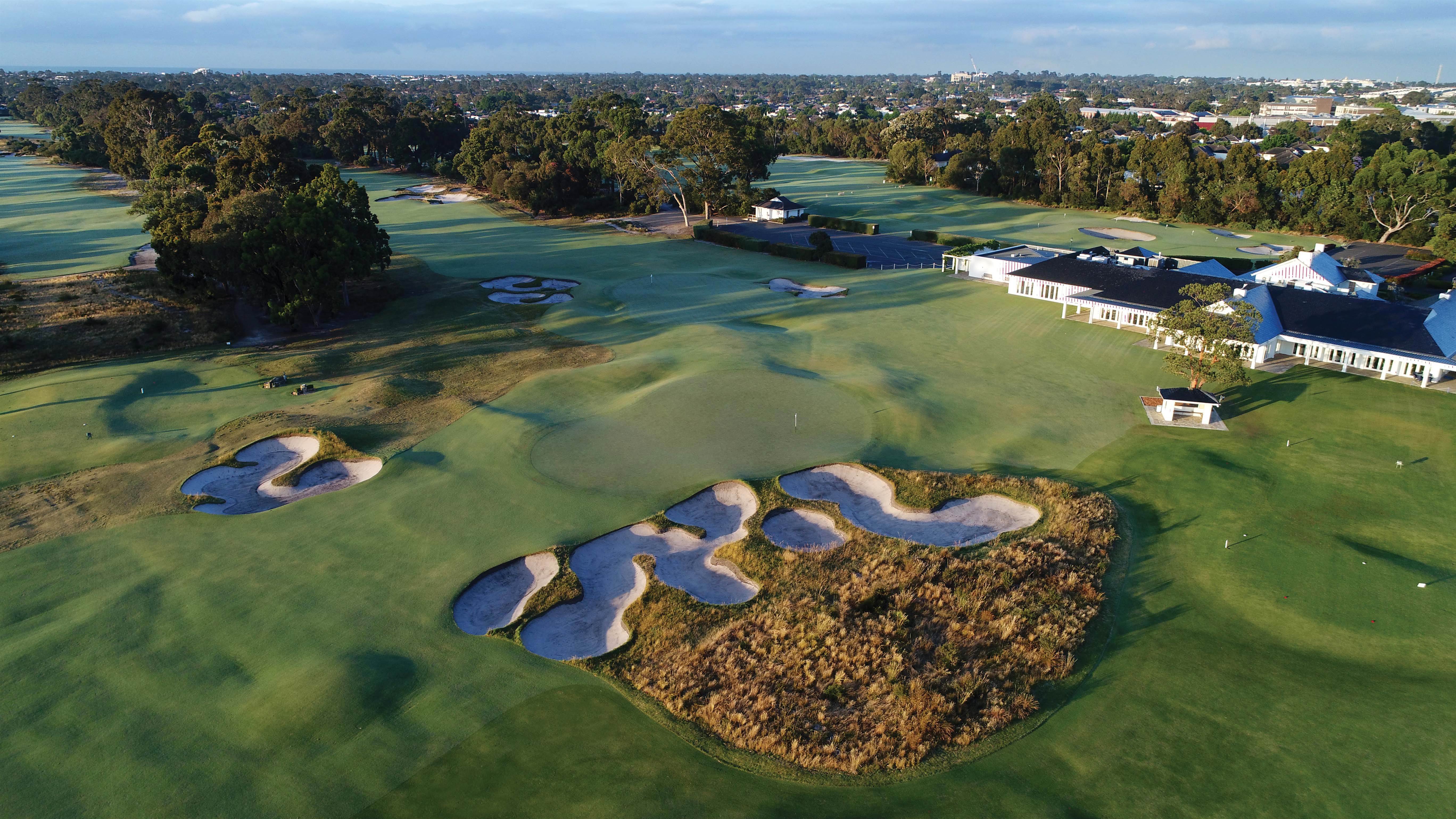
KINGSTON HEATH GC
Venue for the 2016 World Cup and host of its eighth Australian Open in 2020, Kingston Heath is well-entrenched among the top-30 best courses on the planet.
1991 Open Champion Ian Baker-Finch says it’s his favourite course in the world and always tries to find the time to play there when he’s back home.
“I know many pro golfers from around the world share my opinion and make sure to play Kingston Heath whenever they’re in town. It’s my ideal course – it epitomises all that is Sandbelt golf,” says IBF.
Green fee: N/A.
How to play: International visitors and reciprocal club members from interstate and overseas are welcome. Contact the club for further information.
Website: www.kingstonheath.melbourne

YARRA YARRA GC
A major restoration program at Yarra Yarra during the past two years has seen the course dramatically improve.
The club focused on restoring the quality of the playing surfaces before revegetating indigenous heathland and grassland areas. But the main change has come with the redesign of many holes – overseen by Tom Doak’s Renaissance Golf Design company – to recapture the vision of the original designer, Alex Russell.
That vision was to create a classic test of risk versus reward that’s designed to repay good club and shot selection and the Phase 1 work carried out thus far must be applauded.
Green fee: Upon application.
How to play: Interstate golf club members can contact the club for a Monday to Friday tee time. A letter of introduction from your club is required when booking.
Website: www.yarrayarra.com.au
KEYSBOROUGH GC
Home to the Victorian PGA Championship for eight years during the 1990s, Keysborough is one of the most improved Sandbelt courses during the past two decades.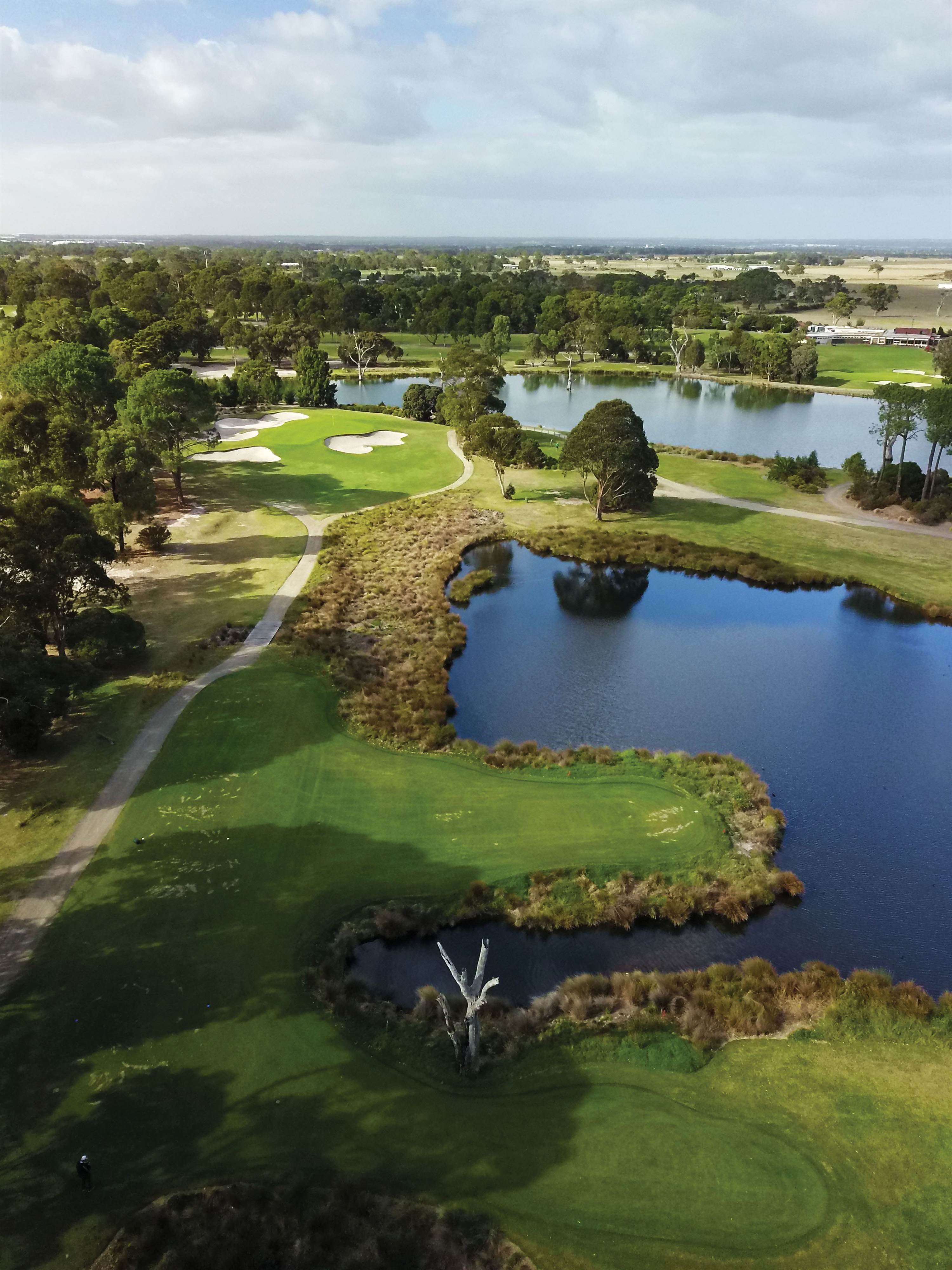
The club, formed in 1899, moved to its current site in 1946 when Sam Berriman – who oversaw construction of fellow Sandbelt course, Huntingdale – was commissioned to create a layout for the club. His course covered open, former farming land but today’s course is tree-lined with five lakes coming into play.
RIGHT: Keysborough GC. PHOTO: Brendan James.
But the routing at Keysborough is very good and there is no mistaking the Sandbelt-style bunkering, large smooth putting surfaces and excellent couch-grass fairways.
Keysborough’s one-shot holes are a standout, with arguably the best of them being the par-3 12th. The hole has been opened up alongside a lake in recent times and today there is a number of lakeside teeing positions that change the angles of approach to the green. The angled green, with three bunkers left and one to the right, is a tough one to hit and pars here are well-earned.
Green fee: $65 (midweek), $100 (Saturday), $95 (Sunday).
How to play: Bookings are advisable.
Website: www.keysboroughgolf.com.au
HUNTINGDALE GC
Royal Melbourne and Kingston Heath aside, Huntingdale is arguably the most famous of Melbourne’s Sandbelt courses, having been the home of the Australian Masters from 1979 to 2008, and again in 2015.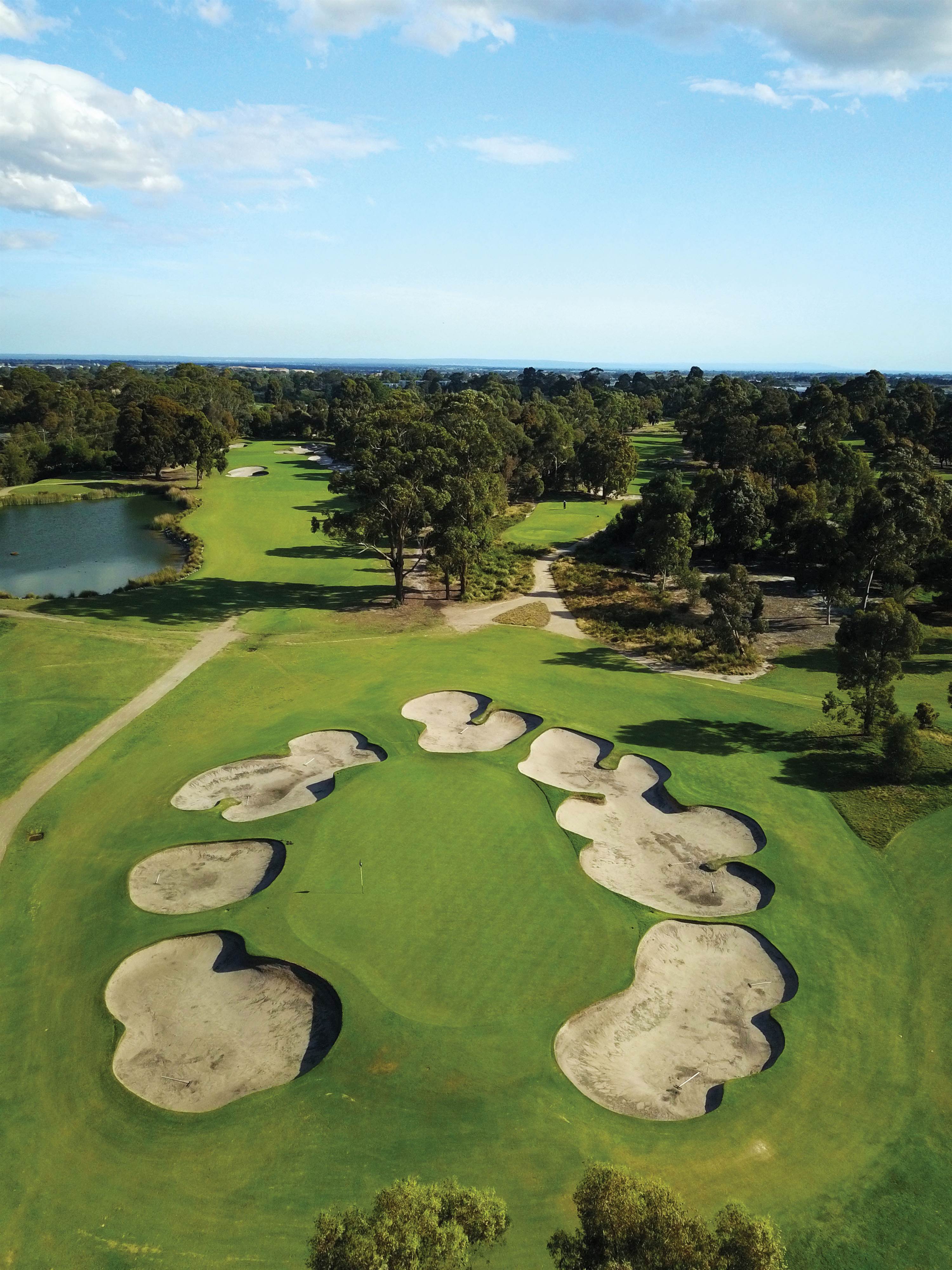
And, like the US Masters has done for Augusta National, it brought Huntingdale into our living rooms and we became so familiar with its fast greens, tight fairways and ominous bunkering.
RIGHT: Huntingdale GC. PHOTO: Brendan James.
In recent times, British architect Martin Hawtree has advised the club on some changes. Among them has been the clearing of introduced tree and scrubs species, replaced by more than 4,000 natives that has opened up what was, at times, a claustrophobic round of golf.
That said, Huntingdale remains one of the finest tests of accurate ball-striking to be found in this country, which was the hallmark of all the great golfers who won the gold jacket.
Green fee: Upon application by interstate visitors, who are members of a registered golf club.
Website: www.huntingdalegolf.com.au
Related Articles
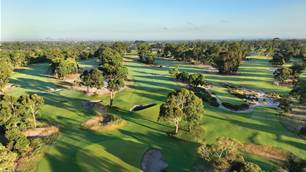
Top-100 Spotlight: Commonwealth Golf Club

Drinks With... Ricky Ponting

